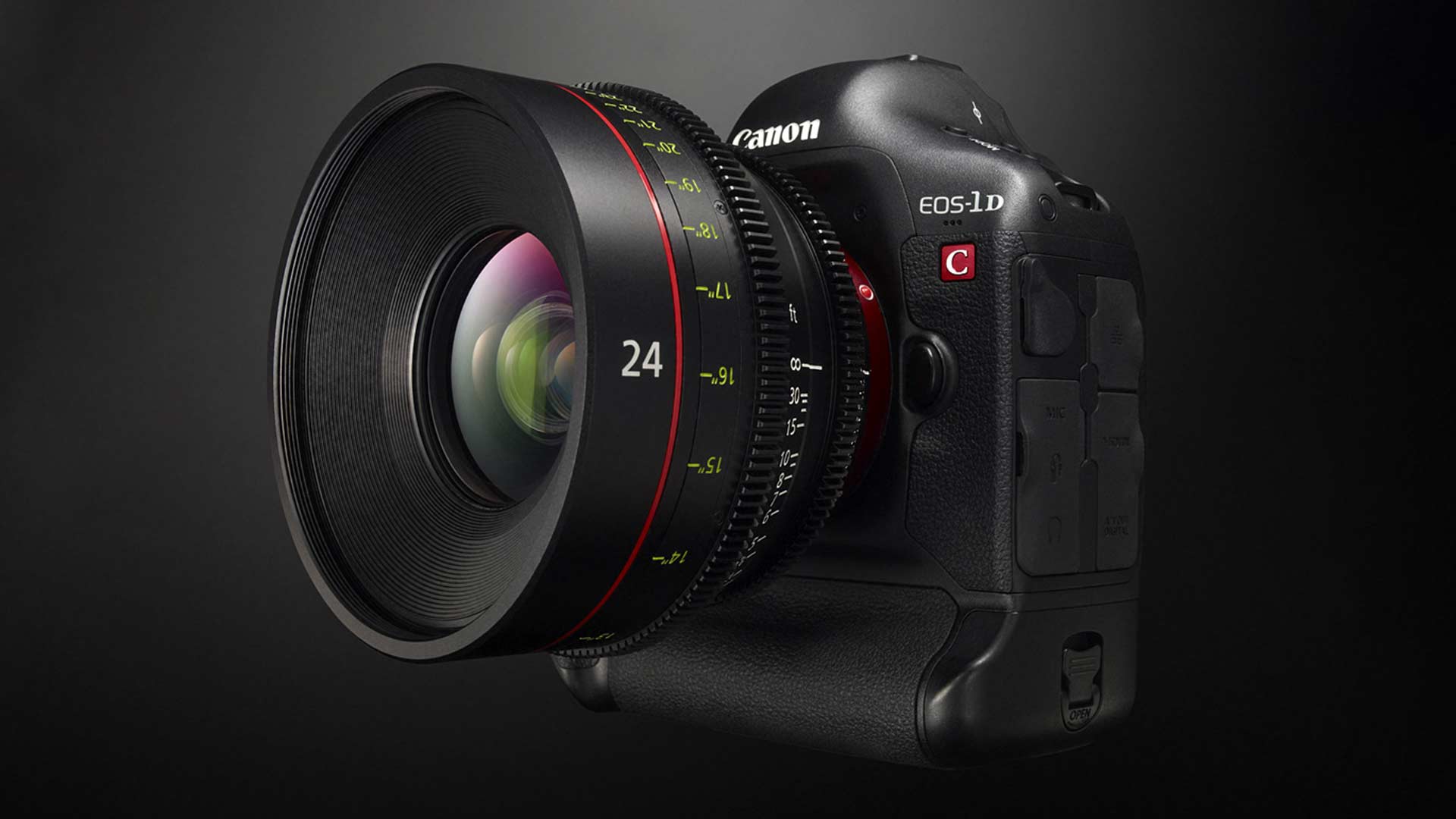
As we saw in my previous article on sensor technology, we can now build sensors with enormous numbers attached to them - if not trivially, at least reliably. Given that current 4K sensors are more than adequate to replace 35mm film in terms of sheer resolution, we need to be careful about turning this into a numbers game.
I agree wholeheartedly with Arri when they state on their website that there are more things on earth than kilopixels of horizontal resolution – I think it's much more to do with luminance response, highlight handling, and dynamic range.
Dynamic range
To discuss this meaningfully, we need to understand that dynamic range is, notionally, the difference between black and white, and to define what those terms mean. Each photosensitive site – almost literally a tiny solar cell – converts incoming photons into electrons, and the electrons pile up on the photosite until the frame's exposure time is over, then they're read by the camera's electronics. Each site has a fairly consistent and well-defined maximum storage capacity for electrons, often a couple of hundred thousand on modern sensors. This defines what white is, or at least what maximum level is for each colour channel.
Defining black is a little more complicated, because even when the sensor is not exposed to light at all, it is likely that the number of electrons present on each photosite will never read as zero. This discrepancy is caused by heat, non-light electromagnetic radiation, and other spurious energy sources to which the sensor and the electronics that control it are inevitably somewhat sensitive. This is what causes noise, and the black level of a sensor is to some extent a judgement call as to how much noise is acceptable. The dynamic range of which a sensor is capable is, to within perhaps a stop or so, therefore a matter of opinion; even more so once electronic noise-reduction techniques are taken into account.
Efforts to increase dynamic range can work on either end of the scale: either decreasing the noise floor to make more shadow detail available, or increasing the electron capacity of the photosite to make more room for highlights. Of course, either action will alter the apparent sensitivity of the sensor, and have complex effects on the way it behaves as part of a camera system in conjunction with gamma processing, white balance, and other normalisation. Because electron capacity generally scales with the size of the photosite, larger sensors tend to do better for the same resolution than smaller ones, whereas trying to cram more and more pixels onto a sensor of the same size can compromise performance. It may be no coincidence that the Alexa, with its comparatively modest pixel dimensions, is more praised for its highlight handling than a Red Epic, with many more pixels on a sensor of broadly the same size and therefore very small photosites.
Competing factors
Eventually, this becomes a fairly simple combination of competing factors which play off against one another. Smaller pixels are likely to be noisier, but with a large number of pixels, the noise is likely to be less objectionable. Taking a high resolution image and downsampling it reduces noise by a simple process of averaging – and yes, in theory, that means taking a 4K image down to 2K could be said to gain you a stop of dynamic range, or almost exactly 6dB of noise floor in video terms. Whether future sensors choose to implement clever schemes with variable-size or filtered photosites to increase dynamic range, or simply aim for very high resolution and downsample to suppress noise, it's nice to know that our capabilities are probably now controlled more by ingenuity than manufacturing capability.
If you really want to make a one-to-one film replacement, it's likely that electronic cameras with really large dynamic range will be necessary, if only to provide the necessary information to simulate the gentle highlight rolloff that film is so famous for. While the average neg stock is quoted as having perhaps a fourteen or fifteen stop range, that often doesn't account for the very edges of the response at the extremes of highlights, and sensor manufacturers will have to work hard to provide enough information to directly simulate film – if that's what you want.
Oh, and our capabilities are also, as ever, controlled by money. Comments on an industry website this year offered anyone a 6K sensor of actually rather better performance than Red's for $2.5million in design costs, complete with global shutter. And, given the rate of change in cameras at the moment, I have little doubt that in a year or so someone will probably do it, to the net benefit of everyone.
Tags: Technology


Comments